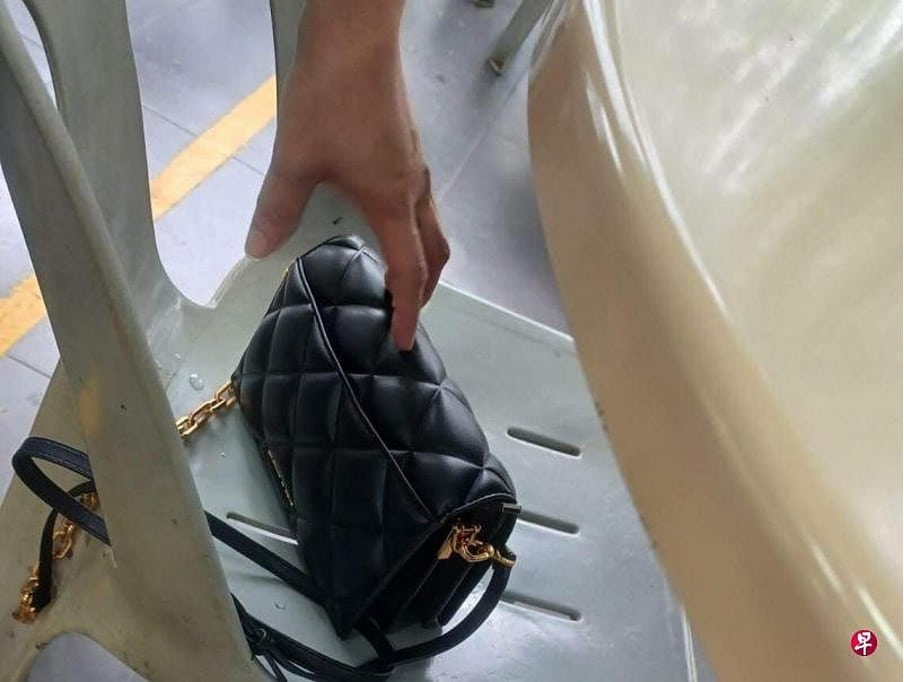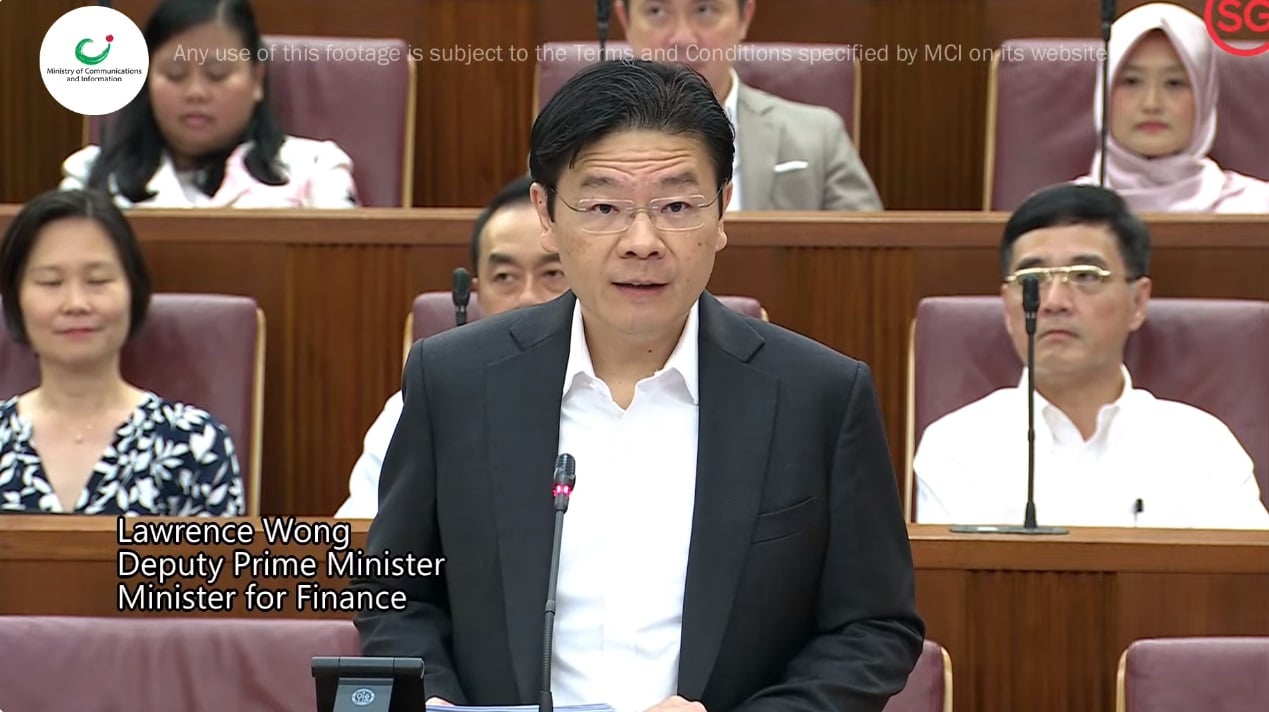Since the start of Circuit Breaker, migrant workers in Singapore have been thrust into the spotlight in our fight against COVID-19.
Yet in the past months, it’s heartening to see Singaporeans step up in their support towards migrant workers. During the crisis, we’ve witnessed how a young Singaporean built a translation portal overnight for medical teams treating migrant workers, and a recent campaign backed by the Ministry of Culture, Community and Youth’s Our Singapore Fund, named “Welcome In My Backyard” (Wimby) was launched to welcome migrant workers to housing estates.
We’ve also been hearing a lot of comments and suggestions on how we can improve the lives of our migrant workers – from housing them in alternative housing facilities, to reducing the number of persons in one apartment to letting them have their own rooms. Perhaps it’s time for us to understand them better, before starting to plan for changes for them, don’t you think so? Now, how well do you know them, I ask.
Do you remember the Sunday scenes along Little India, where you feel awkward seeing hundreds of South Asian males crossing roads while holding each other’s hands? Or think that their living conditions are horrible because they have to sit on the floor to dine, instead of dining comfortably on proper dining tables? Guess what, holding hands is their way of expressing the closeness and endearment they have for friends, and they prefer to dine sitting on floors because it makes them feel more at home! Here are 5 other things you don’t know about our migrant workers:
- They put your gym subscription to shame
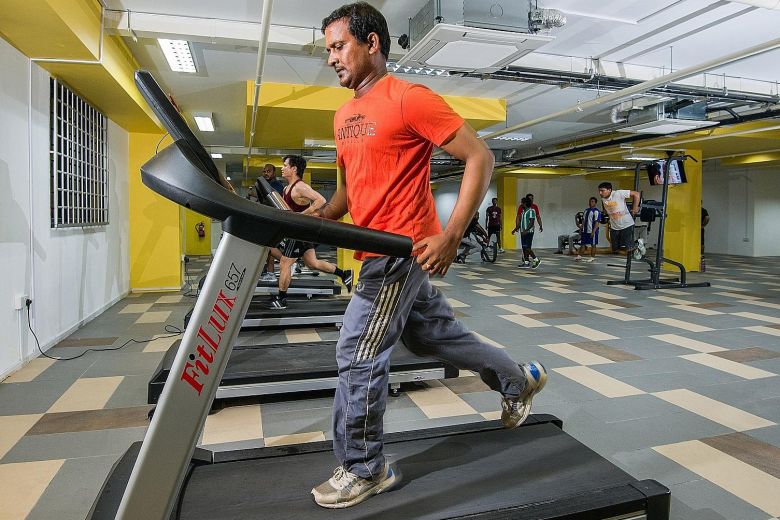
Ever wondered why migrant workers are so fit and some even so lean and muscular? Not only do they flex their muscles at work, but they also enjoy building their six-pack abs in the gym at their dormitories after work! To them, staying healthy and exercising is a pastime. Of all the facilities at the workers dormitories, the gym is one of the most used facilities. During this period, migrant workers must have missed the gym as much as, or even more than we did!
- They love to hang out at recreational centres
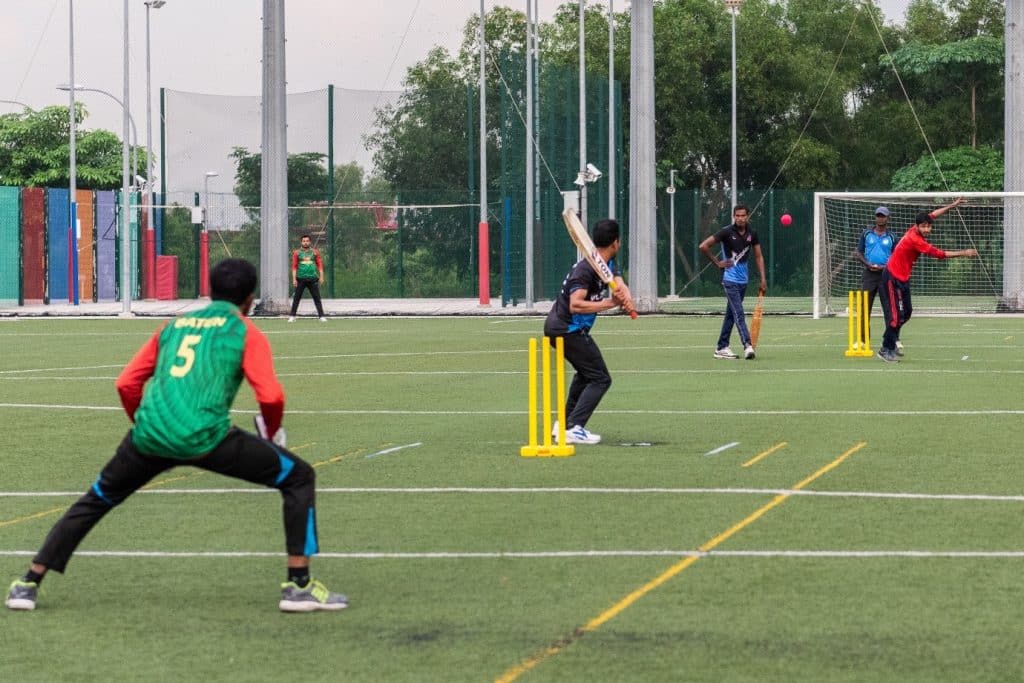
Little India and Mustafa Centre are not the only places that migrant workers love to socialise with their friends. Before COVID-19, they would “jio” their friends for movie screenings and friendly cricket matches at JTC Recreation Centres and engage in friendly football matches. These recreation centres are spread out across a few locations in Singapore and are situated near workers dormitories so they could easily access their facilities. While events and activities at the recreation centres may not resume anytime soon, migrant workers have been kept entertained by livestream concerts, classes and fun DIY activities organised by Project Dorm.
- They call Singapore ‘Home’ too!

When Singaporeans came together and lit up the entire nation with our voices on 26th April, swaying and singing to our national song “Home”. Little is known that migrant workers were part of the mass karaoke session as they whistled and cheered in unison at the same time as we did. Even as they do not fully know the lyrics, they were wholeheartedly cheering the nation on in spirit. Perhaps this could be their way of saying, “I love Singapore too”.
- They have secret talents like many of us do!
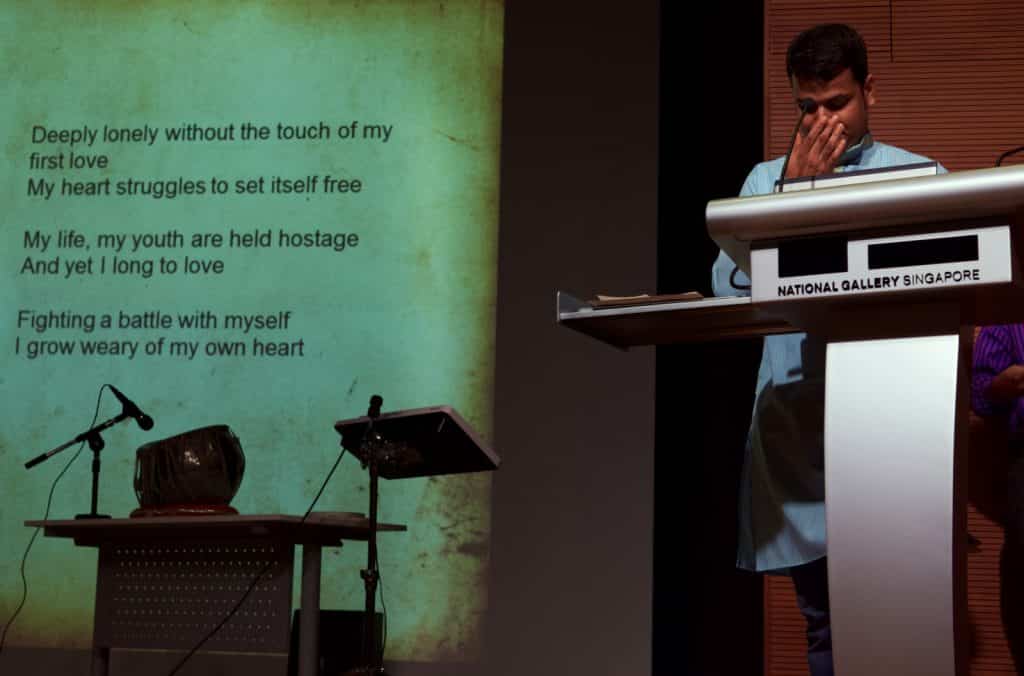
Migrant workers may be full-time construction workers but unbeknownst to many of us, they have a hidden flair for poetry, photography and film-making. Zakir, a Bangladeshi construction supervisor, is a two-time winner of the Migrant Worker Poetry Competition. Before he was tested positive for COVID-19, he voluntarily spent his time rallying donations with grassroots initiatives and organised distribution of supplies. He hopes that literature can change locals’ views of migrants and inspire migrants to look beyond themselves. Like most of us, migrant workers have aspirations and put their talents in their free time to good use.
- Sleeping on hard boards or mattresses? You’ll be surprised by their choice
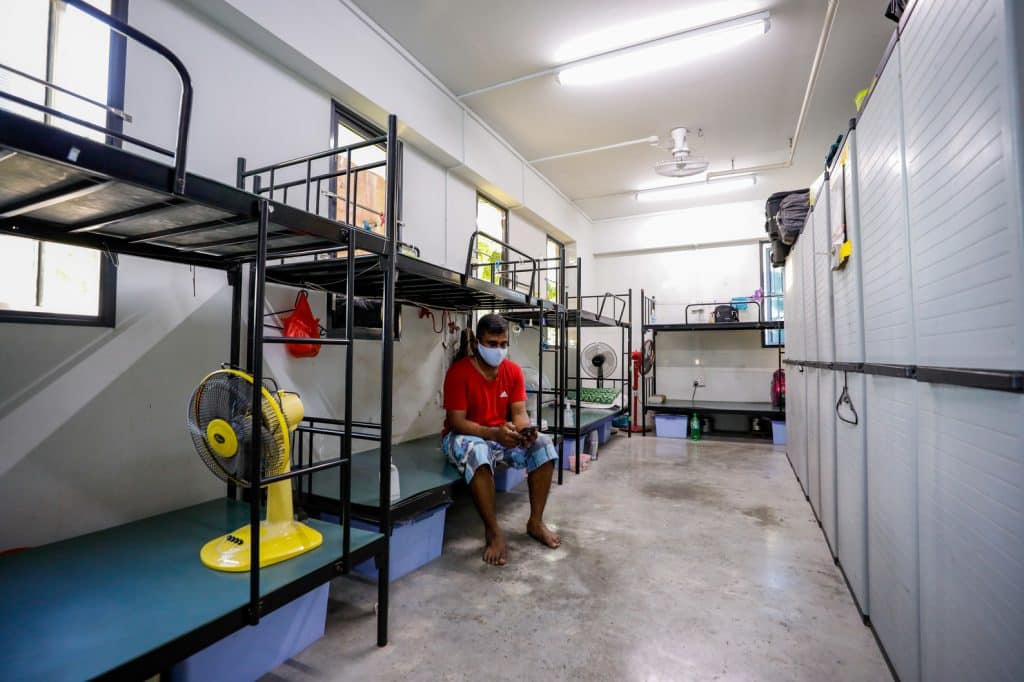
Migrant workers actually prefer to sleep on beds without a mattress, even if the latter is more comfortable and can be provided by the dormitory operator. And though some dormitory rooms are ventilated with ceiling fans, a non-wool surface is much cooler especially in a hot climate like Singapore.
Because residents are also responsible for cleaning their living areas, doing away with a mattress means they can save more time on cleaning and store some of their personal items. For these reasons, some dormitories have customised the bed boards with reinforced acrylic instead of wooden planks for easier wipe-down and to prevent mould or infestation.




